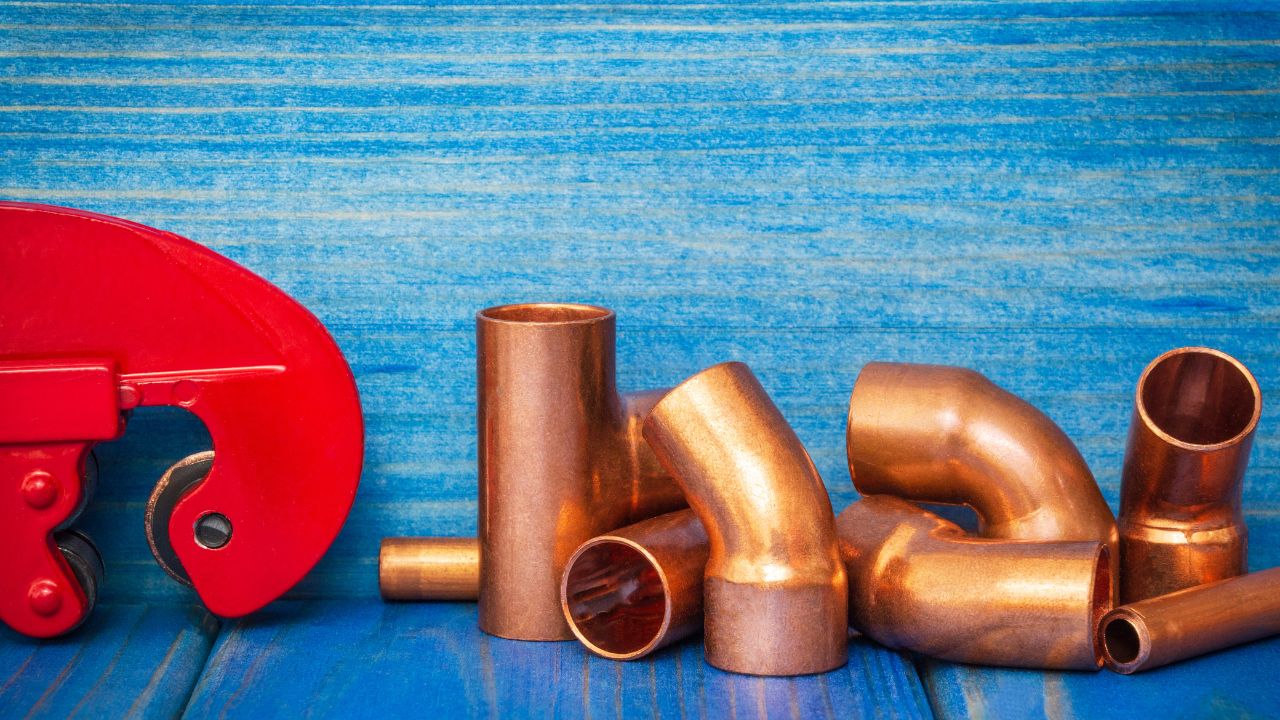Enter flow rate and flow velocity to convert GPM to pipe diameter in seconds, check flow velocity limits, and get material-specific recommendations.
This calculator helps engineers, plumbers, and designers select the correct pipe size based on flow rate (GPM) and flow velocity (FPS/FPM). It ensures efficient fluid transport while avoiding excessive pressure drops or erosion due to high velocity.
How It Works
The calculator uses fluid dynamics principles to determine the minimum pipe diameter required to handle a given flow rate at a specified velocity.
Key Formulas
1. Flow Rate Conversion (GPM to ft³/sec)
To convert Gallons Per Minute (GPM) to Cubic Feet per Second (ft³/sec):
Qcfs=Qgpm×0.002228
2. Pipe Cross-Sectional Area
Using the continuity equation (Q=A×V), solve for area (A )
A=VfpsQcfs
3. Pipe Diameter Calculation
Convert area to diameter:
D=2×πA×144
(where 144 converts ft² to in²)
4. Velocity Check
Ensure velocity stays within material limits:
- PVC: ≤ 5 FPS
- Copper: ≤ 8 FPS
- Steel/HDPE: ≤ 10 FPS
Example Calculation
Problem:
- Flow Rate (Q): 120 GPM
- Velocity (V): 6 FPS
- Material: PVC
Solution Step by Step:
Convert GPM to ft³/sec:
Qcfs=120×0.002228=0.2674 ft³/sec
Calculate required area:
A=60.2674=0.0446 ft²
Find diameter (inches):
D=2×π0.0446×144=3.26 inches
Recommended Size: 4" PVC (next standard size).
Why This Matters
- Prevents erosion from high-velocity flow.
- Optimizes cost by avoiding oversized pipes.
- Ensures efficiency with minimal pressure loss.
Try the calculator above for your projects!

Check out 1 similar GPM to Pipe Size Calculator :